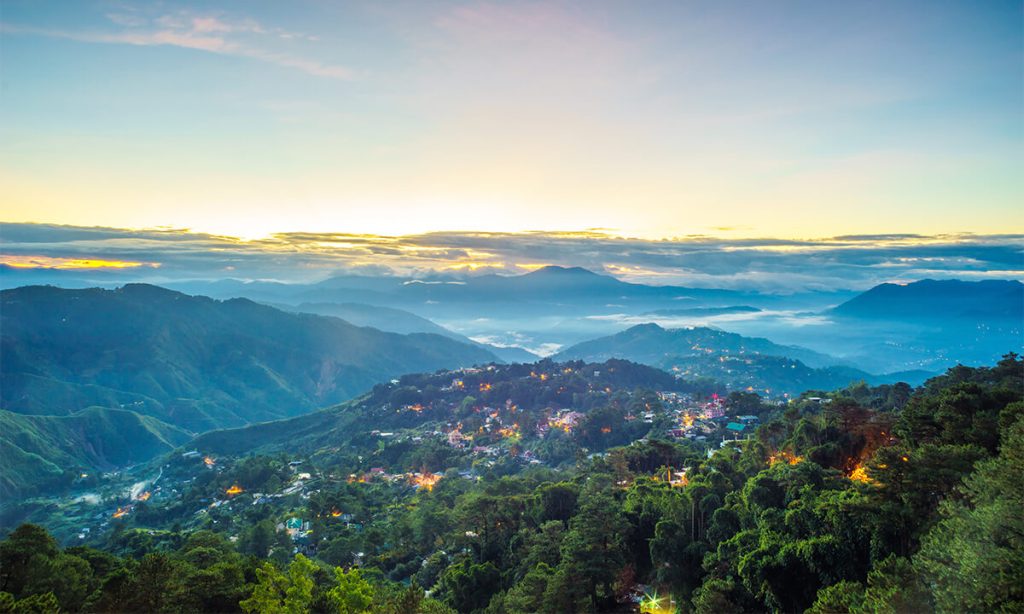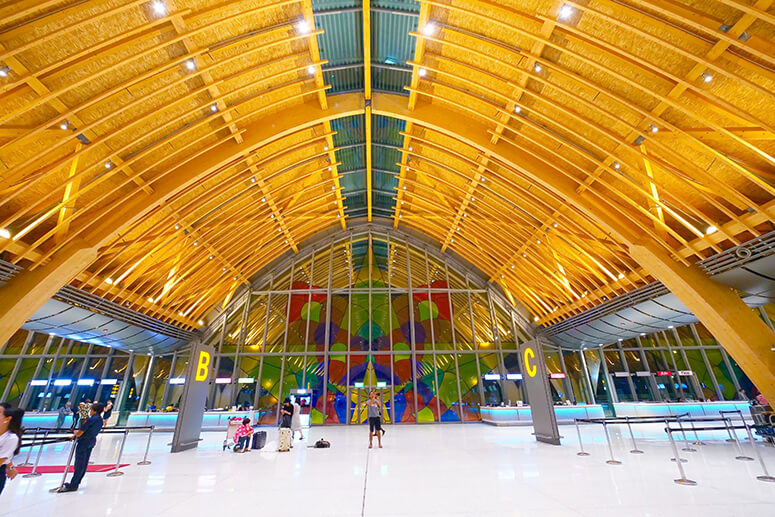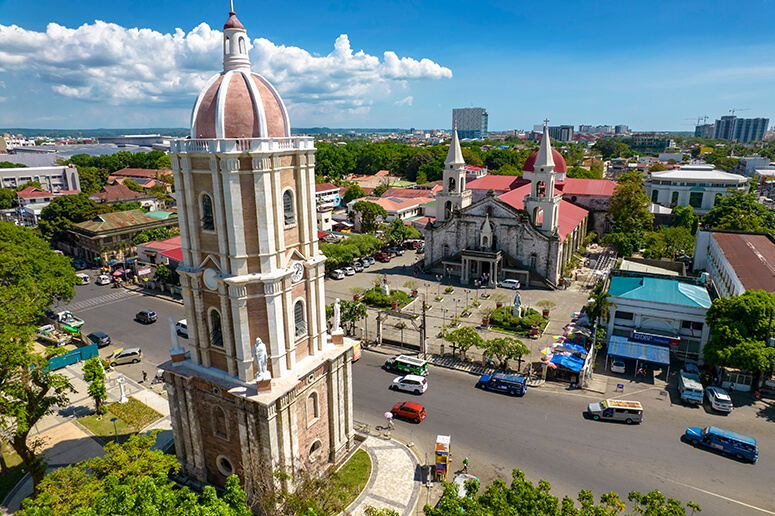Did you know that three cities in the Philippines have been designated as UNESCO Creative Cities?
In 2023, Iloilo made waves after it was designated a UNESCO City of Gastronomy. But before that, Baguio City became the first Filipino city to earn the title of UNESCO Creative City of Crafts and Folk Art in 2017, followed by Cebu City in 2019 as a Creative City of Design.
Beyond celebrating culture, the recognition also reflects growing investment in these cities’ creative economies. What does it mean to be a UNESCO Creative City, and why should travelers, entrepreneurs, and investors alike take notice?
What makes a UNESCO Creative City?
The UNESCO Creative Cities Network (UCCN) was established in 2004 to recognize cities that are using creative fields to drive sustainable development. Cities in this network are recognized for excellence in areas like Crafts and Folk Art, Design, Film, Gastronomy, Literature, Media Arts, and Music.
With over 300 cities in 90 countries, the network aims to foster international cooperation and place creativity at the heart of urban development. Cities with this designation are not just cultural hubs—they are also emerging hotspots for innovation, tourism, and investment opportunities.
Being recognized by UNESCO brings global attention to the city’s creative industries and boosts its appeal to tourists, investors, and new residents alike. This designation helps highlight the city’s commitment to cultural preservation, economic development, and sustainability.
Creative cities like Baguio, Cebu, and Iloilo have become attractive destinations for real estate investors, offering opportunities in both residential and commercial spaces. The increased interest from tourists could spur vibrant communities that cater to the arts, culture, and lifestyle.
Baguio City: Crafts and Folk Art Hub
Baguio, the Summer Capital of the Philippines, is not only a top tourist destination but also a thriving creative center for crafts and folk art. For years, people have been drawn to Baguio for its cool climate and artistic legacy.

Tourists can explore the city’s vibrant arts scene, from traditional weaving and wood carving in Tam-Awan Village to modern art exhibits at the BenCab Museum. Baguio’s creative eco-hubs like Ililikha Artist Village and Oh My Gulay serve as a gathering place for local and international artists.
For real estate investors, Baguio’s popularity makes it an ideal place to live, work, and invest. Baguio is a great location for boutique hotels, Airbnbs, creative hubs, and residential developments that embrace the city’s artistic spirit while showcasing the natural scenery.
Property Spotlight: Consider the Tuba area, just outside Baguio, which is growing as a destination for those wanting to live close to nature while supporting local craftsmanship.
Cebu City: Design Capital
Known as the “Queen City of the South,” Cebu has long been a leader in furniture design, fashion, architecture, and industrial design, and is rapidly becoming the design capital of the Philippines. The rise of creative spaces such as the Qube Gallery and Casa Gorordo Museum makes Cebu’s downtown area an ideal location for businesses targeting culture-seeking tourists.

For investors, Cebu offers exciting opportunities in both residential and commercial real estate. With its bustling economy, international trade connections, and thriving creative sector, Cebu is attracting both expats and entrepreneurs. The Mactan Cebu International Airport, designed by local icon Kenneth Cobonpue, reflects the city’s growing international appeal.
Property Spotlight: High-end residential projects and boutique hotels that integrate modern design and accessibility are gaining popularity. Areas like Mactan and IT Park are ideal for those looking to invest in stylish properties or experience the city’s dynamic creative culture firsthand.
Iloilo City: Gastronomic Center
Known for its rich culinary heritage, Iloilo blends traditional flavors with modern gastronomic experiences, making it a magnet for food lovers and travelers alike. One must-visit spot here is Camiña Balay nga Bato, a century-old heritage house in the Arevalo district that serves as a living museum with art, architecture, and artifacts and a restaurant serving local delicacies.

Beyond the specialty dishes like La Paz Batchoy and Pancit Molo, “The City of Love” is a great place to live and invest, as seen in the residential projects, boutique hotels, and commercial developments that have sprung up in the past decade.
Iloilo offers a balanced lifestyle: a welcoming city with a strong sense of heritage but a modern, growing economy. The Dinagyang Festival and Paraw Regatta are just some of the cultural events drawing thousands of tourists to the city, providing potential business opportunities, not just for restaurateurs but for the hospitality industry as a whole.
Property Spotlight: The historic Arevalo district is attracting attention from investors focused on restoration and tourism-driven projects. Whether it’s colonial-era homes or modern condos, properties here are in high demand thanks to their close proximity to Iloilo’s best food spots.
Whether you’re a seasoned traveler looking to revisit local destinations or interested in future investments, Baguio, Cebu, and Iloilo offer unique opportunities to tap into a growing cultural economy and enjoy the best of urban and natural living.
For more travel articles, visit the author’s blog Travel Up (www.traveling-up.com)
